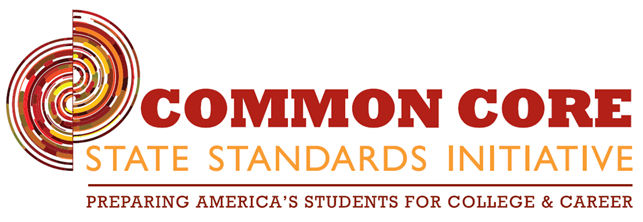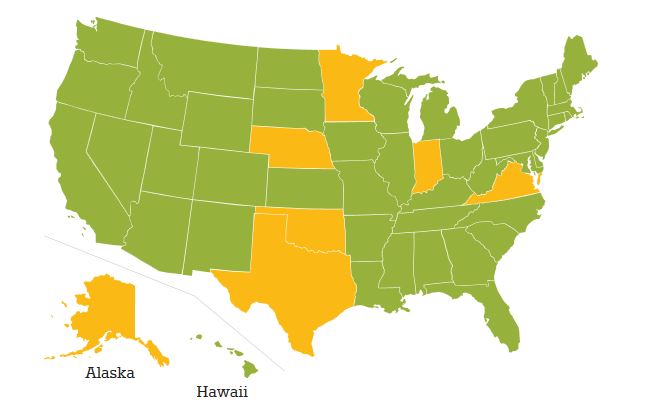
What is Common Core?
The Common Core State Standards Initiative, more typically referred to as “Common Core,” has attracted both fanfare and criticism from students, parents, educators, and administrators alike. It can be tricky to figure out what’s what amidst all the controversy, especially since new developments keep rolling out in states across the nation. Read on to get a quick, clear understanding of Common Core and its impact in your community!
Common Core 101: A Brief History
In 2009, state leaders began an effort to develop a set of consistent learning standards to be implemented across the country. The idea was that all students should have a clear set of college and career aligned benchmarks to shoot for. This single set of standards was proposed to take the place of the existing system of completely different state standards for every state and territory. The development effort involved state leaders, including governors and commissioners of education. As the development process grew, the planners of the Common Core received and incorporated feedback from teachers, parents, students, and school administrators. Beginning in 2011, states were given the opportunity to discuss the standards and vote to adopt or ratify the standards. Some states began adopting the Common Core as early as 2011, while other states created a plan to gradually phase out their current standards to replace them with the Common Core.
Standards State by State

As of June 2014, 43 states have fully adopted the Common Core. The states that have not adopted or have repealed the Common Core include Virginia, Indiana, Minnesota, Nebraska, Oklahoma, Texas, and Alaska.
Myths vs. Facts
The Common Core has generated a lot of strong opinions on either side. Proponents of the Common Core point to the need for clear, high expectations to increase educational performance across the country. Opponents maintain that states should have the right to decide and create their own standards. Opinions can run strong, and misinformation can spread, so we’ve collected a brief list of myths and facts to help you inform your own research into this education reform effort:
- The federal government is creating a curriculum for all students.
- MYTH: The states retain the responsibility of managing and implementing the standards. The Common Core is a state-led effort, not a national initiative. In addition, the Common Core is a list of standards that students should be able to perform, not a set curriculum with materials and lesson plans.
- The Common Core is just another name for No Child Left Behind.
- MYTH: The Common Core is a state-led effort that is not connected to NCLB or any other federal initiatives.
- States have the ability to adopt or repeal the Common Core.
- FACT: States are in charge of deciding whether or not to adopt the standards. In some cases, states have initially adopted the Common Core before repealing the standards later on, while other states have initially rejected the standards before eventually adopting them.
For the latest information on Common Core implementation in your community, talk with the teachers at your local school, or check out the Department of Education website for your state. You can also read the Common Core standards in their entirety online at www.corestandards.org.
For more information on how the Common Core impacts English and Math instruction, be sure to check out our articles on Common Core Math Standards and Common Core English Language Arts Standards.
[box type=”success” align=”” class=”” width=””]And if you need help in any of the common core standards, check out Educator.com which covers everything for middle school and high school students.[/box]











































